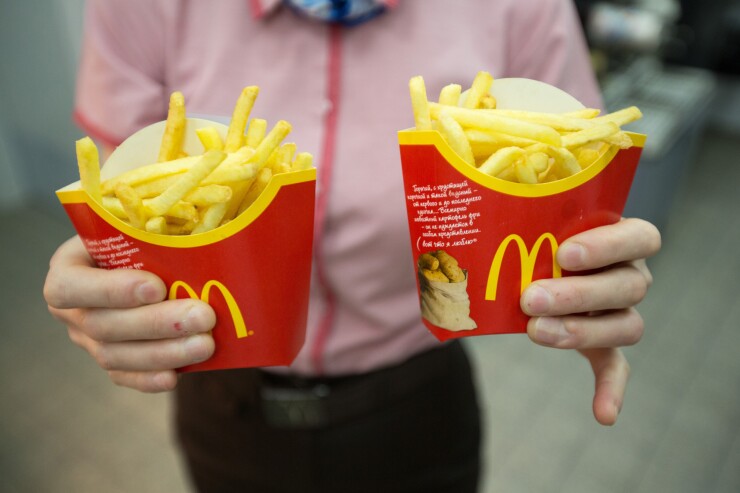One of the best investment lessons I ever learned was from my grandmother. She was not what anyone would call a sophisticated investor. An immigrant to this country in the late 19th century, she was a homemaker and raised a family, as women of that era were expected to do.
Yet, as I realized many years later, she was savvy about money.
My grandmother owned just one stock — shares of a small gas utility. How she acquired those shares, I never asked, much to my regret now. But she was clearly pleased to receive a small dividend check every quarter.
If your clients are looking for income, these funds have the highest expected dividend payments compared to current prices.
When I was about 10 years old and starting to understand a little about money, I knew those shares were worth more than the few dollars in dividends they returned each quarter. One day I asked, “Why don’t you just sell them and put the money in the bank?”
“You don’t understand,” she replied. “Over the years, these checks have paid me back for the stock.” In my grandmother’s mind, the stock was now free.
I can imagine many advisers are shaking their heads and noting that my grandmother ignored the effect of taxes as well as the time value of money. True, but accounting for those factors does not change the basic premise that a good-quality, dividend-paying stock will eventually return its cost if held long enough.

DIVIDEND PAYBACK
In 1989, I joined Standard & Poor’s equity research department as an editor at The Outlook, where I began to write stories on such “free” stocks. We screened the database to find stocks whose 10-year stream of dividends totaled more than the median share price a decade earlier.
To be fair, it was easier to find dozens of such stocks then. The starting point of our search was during the long sideways move of stocks that ended with the long bull market of August 1983. But looking back a decade now, you can see some stocks that are on their way to being free. Consider the dividend payback of two stocks, Union Pacific and McDonald’s.

The country’s largest railroad, Union Pacific has paid a dividend for 117 consecutive years. The current indicated rate is $2.20 a share, but the company usually raises its dividend with the fourth-quarter payment. Since an increase hasn’t been announced yet, we will use the current indicated rate. If you had purchased Union Pacific stock at the median price of $21.89 in 2006, the stream of dividends from 2007 through 2016 would have totaled $12.58, or almost 58% of the purchase price. Not free, but well on the way.
McDonald’s, the world’s largest hamburger fast food chain, has raised its dividend every year since it first began paying in 1976. The current indicated rate is $3.56, but the company usually increases with the fourth-quarter payment. Its median stock price in 2006 was $38.21. From 2007 through 2016 (assuming no fourth quarter increase), shareholders would collect $26.24 in dividends, or more than 68% of the cost of the shares.
EXAMINE CASH FLOW
How do you find the next “free” stock?
Look for a company with good free cash flow from which to pay dividends. A temporarily depressed share price can help. A recent start of dividend payments, and regular boosts since then, would likely mean good increases ahead. And positive comments about dividends from management are always welcome.
We’ve been in a bull market since March 2009. Stock prices are high and it would take much longer for a stream of dividends to pay back the cost. But a patient buy-and-hold client can still eventually own a “free” stock, just like my grandmother did.






